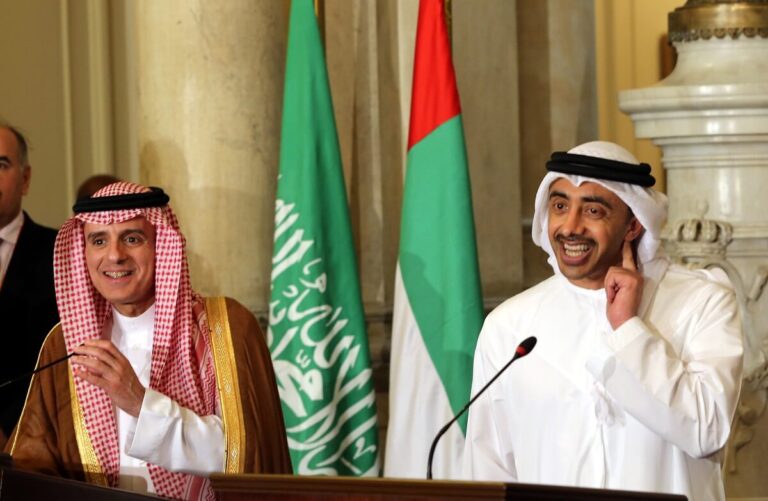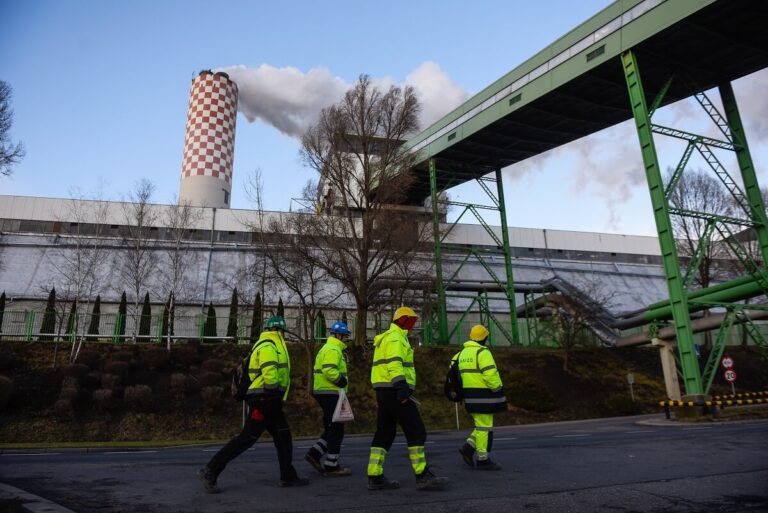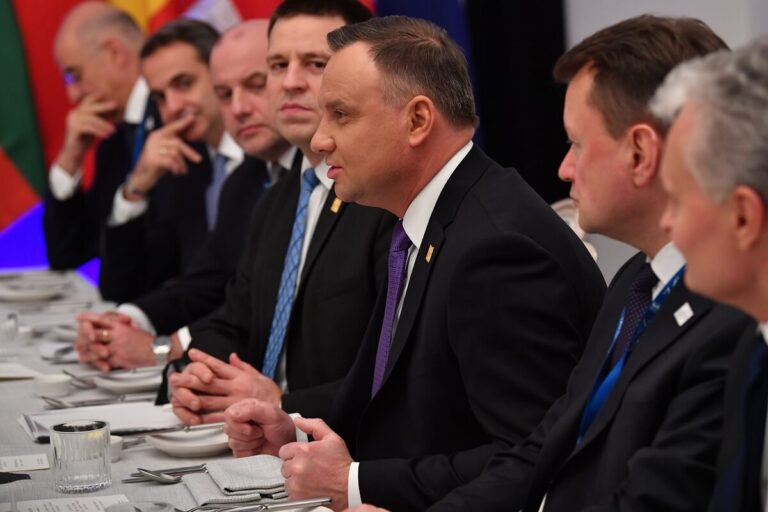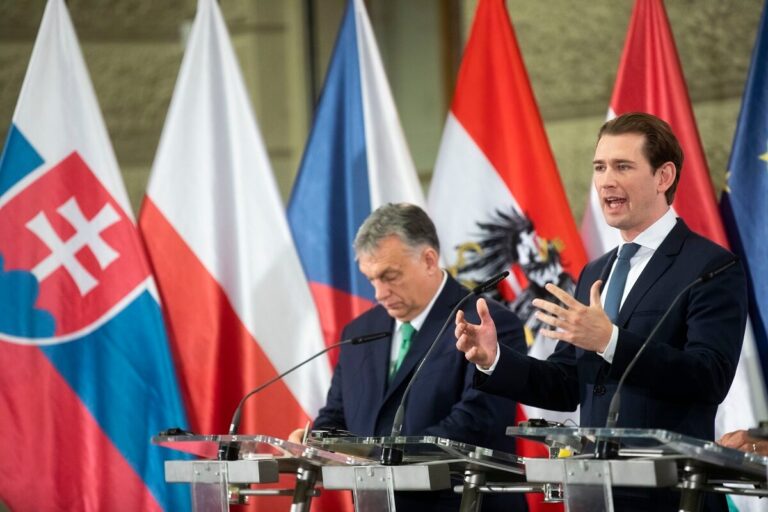On Tuesday, January 5, 2021, it was announced that Saudi Arabia, the United Arab Emirates, Bahrain and Egypt will restore diplomatic relations with Qatar and lift the blockade of this country that began in June 2017. Theoretically, the situation could be the beginning of the end of the diplomatic crisis between the close allies of the United States in the Gulf region, which has been dragging on for three and a half years. At this point it is worthwhile to analyze what led to this conflict.
To understand the causes of this crisis, it is necessary to go back to 1995, when Hamad bin Khalifa Al Thani, father of the incumbent Emir Tamim, seized power in Qatar. Until now, Qatar’s policy has largely been in line with that of much larger Saudi Arabia. It can even be said that it has largely been subjugated to it. However, Sheikh Hamad began to take a much more ambitious and independent course, taking advantage of the enormous wealth accumulated because of natural resources (thanks to them this small country is considered one of the major players in the region). Frequently, this course of action was contrary to that of the neighboring Saudi kingdom. The bone of contention was, among others, the different attitude towards Iran, with which Qatar hoped to cooperate on certain issues, as opposed to consistently anti-Iranian Saudi Arabia. Qatar was also anticipating to cooperate with Turkey, which is competing with Saudi Arabia for the leadership of the Sunni world.
- Read also: A Summary of the Nagorno-Karabakh Conflict
Conflicts of interest have intensified after the events of the so-called Arab Spring, which swept through the region in 2011, allowing Qatar to increase its influence by filling the political vacuum of that time. Consequently, some Arab states overthrew long-standing dictators, other protests turned into civil wars that continue to this day, and yet other saw both the fall of old regimes and internal conflicts. Nevertheless, the main opposition forces of these revolutions were usually represented by groups motivated by political Islam, also known as Islamist groups, such as the Muslim Brotherhood. In most cases, Qatar supported these groups, which was contrary to Saudi Arabia, where the growing regional position of the Brotherhood is perceived as a threat to its own stability (especially by the royal family). This conflict was clearly visible in the case of Egypt where Mohamed Morsi, affiliated with the Muslim Brotherhood, won the presidential election following the overthrow of Hosni Mubarak. At the time, Qatar became Egypt’s main ally and was generously supporting it financially. However, after the military coup in July 2013, which has brought incumbent President Abdel Fattah el-Sisi to power, the Muslim Brotherhood and Qatar became the top public enemy. Consequently, Saudi Arabia, which had actively fought against the “spring” protests, became the new main ally and “sponsor.” It announced enormous financial package to Egypt precisely when the USA and the European Union were considering to withdraw their own as a punishment for overthrowing the democratically elected President Morsi. Since then, Egypt has joined Saudi Arabia and the United Arab Emirates, which likewise was not pleased with the growing ambitions and importance of Doha, as one of the core members of the anti-Qatar coalition. The following conflict of their interests occurs is Libya, where Qatar and the aforementioned three countries are supporting the opposing sides of the ongoing civil war.
Another issue that negatively influenced Doha’s relations not only with Riyadh but also with the other members of the anti-Qatar front is the activity of the Al Jazeera Media Network. This largest and most watched TV station in the Middle East was accused of spreading pro-Qatar propaganda whilst its journalists were frequently arrested. Furthermore, it had repeatedly criticized the governments of other countries in the region and, for instance, presented the Arab Spring in a positive light. Its coverage of the protests against the Saudi-backed Al Khalifa royal family in Bahrain caused concern that Qatar is seeking to overthrow the ruling family with its soft power. The protests were brutally suppressed by the Saudi military intervention, among others, and the case resulted in even greater resentment.
- Read also: Energy Transformation in the Baltic Rim
These issues were the reasons behind the crisis that began on June 5, 2017. On that day, Bahrain, Saudi Arabia, the UAE and Egypt announced that they are breaking diplomatic relations with Qatar. Yemen and the Maldives acted in the same way. Saudi Arabia and the UAE declared that they would not allow Qatari ships to enter their ports. Additionally, the Saudi Kingdom closed the only land border crossing point connecting a small emirate with the rest of the Arabian Peninsula, refused to conduct financial transactions related to that country and banned Qatar Airways from its airspace (flights between the African countries and Qatar had to take a detour through Iran). The primary cause for the ban was Qatar’s alleged support for terrorist groups linked to Muslim extremism. Moreover, Saudi Arabia wanted to force through the idea of armed intervention, but the United States did not agree to this. Nevertheless, Donald Trump very quickly expressed his support for the coalition’s actions, despite the fact that the largest US military base in the Middle East, Al Udeid, is located in Qatar.
The purpose of the blockade and breaking off relations was to put pressure on Qatar and force it to accept the demands that the four members of the coalition made on June 22, 2017. The 13 points included, among others, shutting down the Al Jazeera network, limiting the cooperation with Iran, terminating Turkish military presence, ceasing to support terrorist groups and to “interfere in the internal and external affairs of Saudi Arabia, the UAE, Egypt and Bahrain.” Qatar rejected all of these demands and the deadlock continued. Meanwhile, Saudi Arabia had a rather extravagant idea to dig a canal along its border with Qatar, turning it into an island, yet the plan did not materialize. In the meantime, the small emirate enhanced its cooperation with Turkey and Iran, which offered their help, for instance, in terms of food supplies (about 99% of Qatar’s food is imported). Consequently, the blockade was completely counterproductive in this matter. Efforts to internationally isolate Qatar have also failed. It seemed that none of the objectives of the blockade have been achieved.
- Read also: An Outline of the History of the Polish Underground State and the Tragic Fate of the Cursed Soldiers
For this reason, the normalization of relations announced on January 5 indicates, for the time being, the victory of Doha in this standoff, although some details of the agreement still have not been made public yet. Therefore, it is unknown whether Qatar has agreed to any concessions and if so – what they concerned. This seems to be an attempt to at least formally end the crisis before Joe Biden becomes the President of the United States. He announced that he would be less tolerant towards the actions of the Saudis than Donald Trump, which could put them in an even less favorable negotiating position. However, despite the undoubtedly positive nature of the agreement, it is difficult to say whether the crisis is over and the members of the GCC (Gulf Cooperation Council) would speak with one voice. Some of Qatar’s interests are still different from those of Saudi Arabia, the Emirates or Egypt, thus, it can be expected that tensions among them will continue to escalate. On the other hand, all four countries are strategic allies of the United States in the region therefore the arguments among them have been and will be of great importance for American politics, especially in the context of the recent Arab-Israeli rapprochement. Poland should also keep a close eye on the situation in the Persian Gulf, especially because of LNG deliveries from Qatar to the terminal in Świnoujście. Nevertheless, a series of “breakthrough” agreements, which is recently sweeping through the Middle East, indicates a positive trend in this most conflicted region in the world.
Author: Maciej Śmigiel
A graduate of the Arabic and Islamic Studies at the University of Warsaw, currently a PhD candidate at the Doctoral School of Humanities (culture and religious studies). He gained his professional experience as a trainee at the Counter-Terrorism Center in Internal Security Agency, Embassy of Poland in Cairo and National Security Agency. Project Coordinator at Polish think-tank Warsaw Institute.
This article was written as part of the statutory activities of the Polish think tank Warsaw Institute. If you appreciate the content prepared by our partner, we appeal to you for financial support for this non-profit organisation.
More information:
www.warsawinstitute.org/support/



















